The summer season, while filled with the promise of warm weather and longer days, also brings a unique set of challenges to the workplace. Rising temperatures and prolonged exposure to the sun can significantly increase the risk of heat-related illnesses and accidents. For businesses, this can result in a rise in workers' compensation claims if proper precautions are not taken. Here, we'll explore essential tips to ensure workplace safety and reduce the risk of such claims during this hot season.
Hydration is Key
Ensuring that workers stay hydrated is crucial in preventing heat-related illnesses. Regular water breaks should be an integral part of the workday. Consider setting up hydration stations throughout job sites, complete with both water and electrolyte drinks to replace lost fluids and essential salts. Encourage employees to take frequent sips rather than large amounts infrequently, and educate them on recognizing the signs of dehydration.
Plan for the Heat
Adjusting work schedules to avoid the peak heat of the day can significantly reduce exposure risks. Implementing shaded rest areas where employees can take frequent cool-down breaks is also beneficial. These areas should be easily accessible and provide ample shade and seating to allow workers to relax away from direct sunlight.
Choose the Right Gear
The type of work gear employees wear plays a significant role in their comfort and safety. Opt for lightweight, breathable clothing to help keep workers cool. In addition, UV-blocking sunglasses, ventilated hard hats, and cooling towels can provide protection against the sun while helping maintain a comfortable body temperature.
Train and Check In
Education is a powerful tool for preventing heat-related incidents. Train your team to recognize the symptoms of heat exhaustion and heat stroke, such as excessive sweating, confusion, or a rapid pulse. Implement a buddy system to ensure workers monitor each other and can quickly respond to signs of heat stress. Regular check-ins can help identify issues before they become serious.
Monitor Weather Conditions
Keeping an eye on the weather is essential. Track the heat index to determine the best times for work and rest cycles, and be prepared for extreme weather events that could impact worker safety. Encourage flexibility in work activities during days with extreme heat warnings or when summer storms are expected.
By taking proactive steps, such as those outlined here, businesses can effectively protect their workforce from heat-related dangers and potentially reduce the frequency of workers' compensation claims. Before the summer heat peaks, it's crucial for businesses to either implement a new heat safety plan or review their existing workplace safety policies to ensure they are comprehensive and effective.





